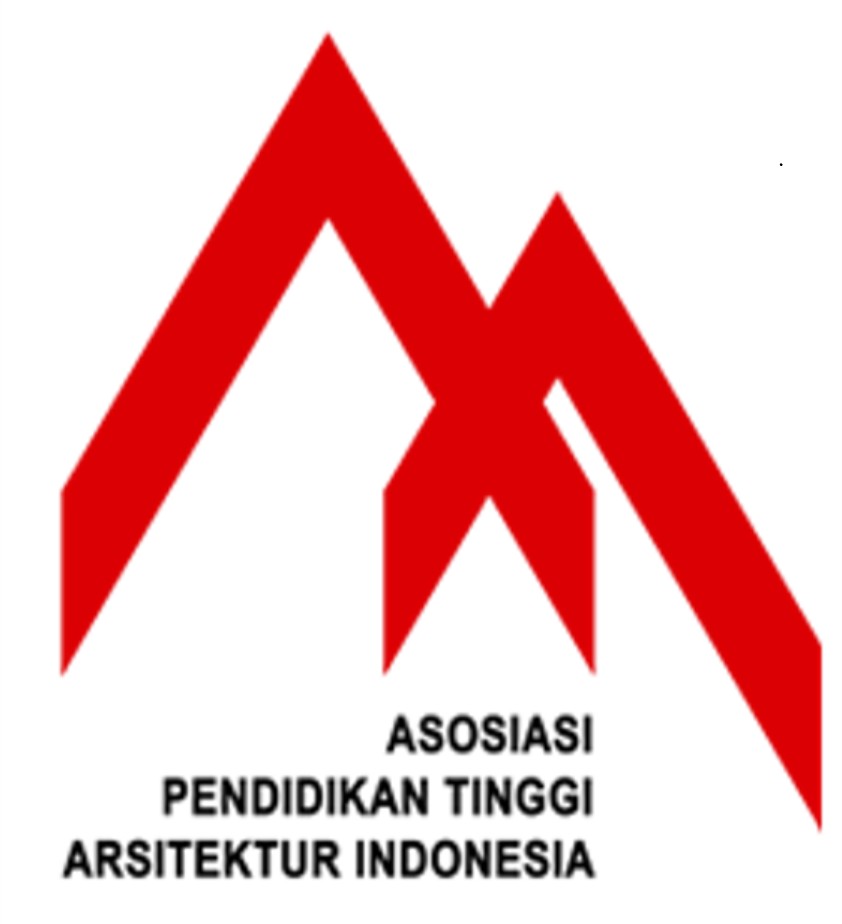Pengaruh Tanaman di Dalam Kelas Studio Perancangan Arsitektur untuk Mengurangi Keluhan Sick Building Syndrome Mahasiswa
DOI:
https://doi.org/10.31101/juara.v7i2.4320Abstract views 148 times
Abstract
Downloads
Downloads
Published
How to Cite
Issue
Section
License
With the receipt of the article by the JUARA and the decision to be published, then the copyright regarding the article will be diverted to Journal of JUARA. Universitas 'Aisyiyah Yogyakarta as the publisher of Journal of JUARA hold the copyright regarding all the published articles in this journal.
Journal of Health Studies is licensed under a Creative Commons Attribution-ShareAlike 4.0 International License.




